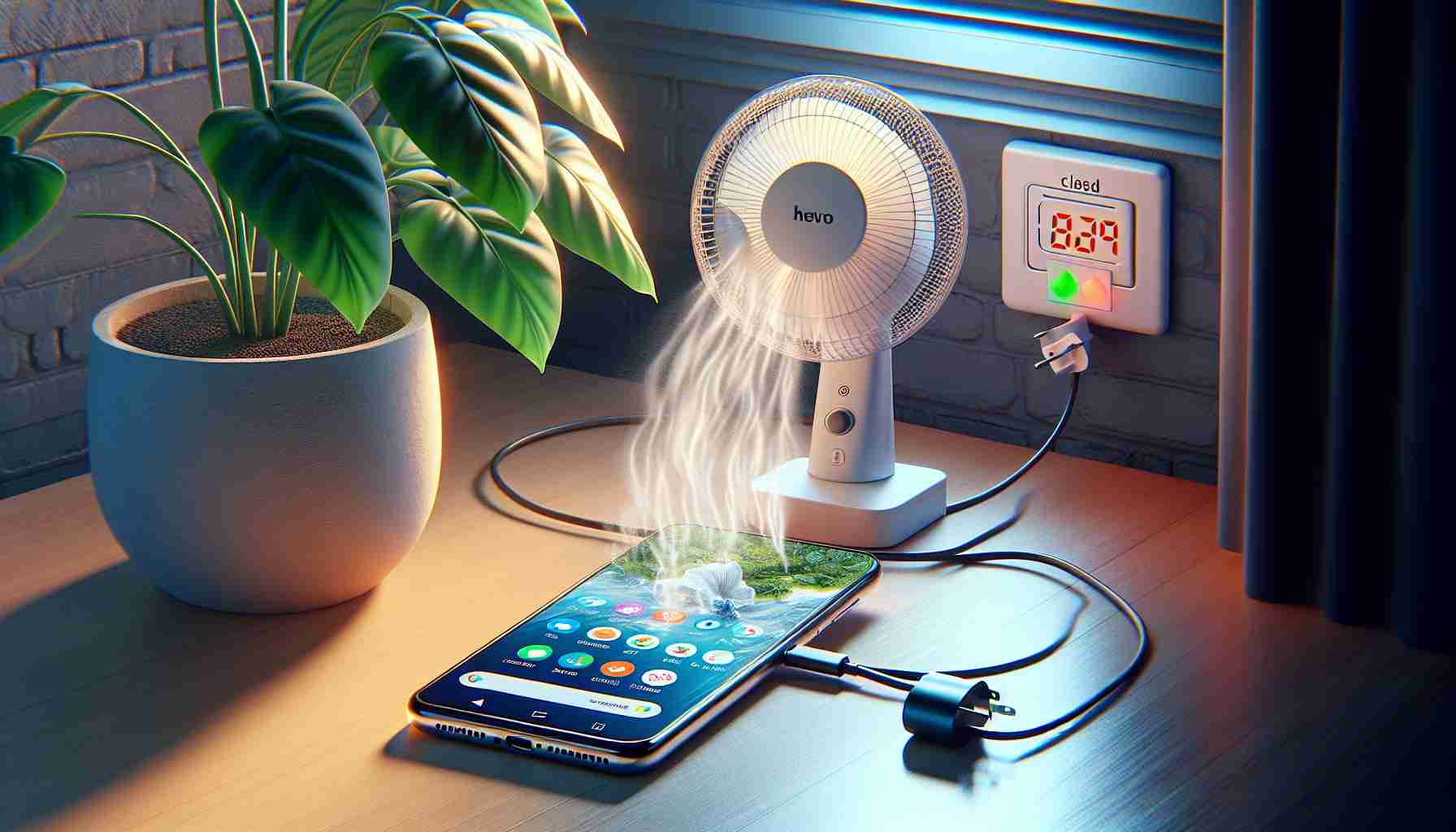Keep Your Smartphone Safe from Heat Damage
Just as humans have a tolerance for certain temperature ranges, smartphones also work best within specific temperature thresholds. With the summer heat becoming more intense, it’s crucial to be mindful of how exposure to high temperatures can affect your device.
Heat and Battery Life
When a phone surpasses its normal operating temperature, built-in thermal sensors trigger actions like temperature warnings, slower operations, and potential shutdowns to protect the device. However, prolonged heat exposure can shorten the lifespan of a smartphone’s battery and harm internal components.
Prevent Overheating
Charging your phone in a cool environment, avoiding intensive phone use, removing the phone case for better heat dissipation, and charging in a cooler place can all help prevent overheating issues. Additionally, allowing an overheated phone to cool down gradually is essential to avoid damage from extreme temperature fluctuations.
Signs of Overheating
Sluggish performance can be an early warning sign of overheating in a smartphone. If the device becomes uncomfortable to hold, it’s likely starting to overheat. Third-party apps can monitor real-time phone temperature, or you can follow a simple rule of thumb: if it feels too hot to handle, it’s overheating.
Protect Your Device
Exposure to direct sunlight or high ambient temperatures can lead to irreversible damage to the phone’s CPU and battery. Therefore, it’s crucial to take proactive measures to keep your smartphone cool and prevent long-term performance issues.
Remember, a cool smartphone is a happy smartphone!
How to Keep Your Smartphone Cool in the Summer Heat – Advanced Tips
As the summer heatwave continues to test the limits of our devices, ensuring your smartphone stays cool is essential for its longevity and optimal performance. While basic strategies like avoiding direct sunlight and maintaining a moderate environment temperature are effective, there are additional measures you can take to protect your device.
What are the Most Critical Factors to Consider for Smartphone Temperature Management?
– Optimal Operating Temperatures: Smartphones typically perform best within a temperature range of 32°F to 95°F (0°C to 35°C). Exposing your device to temperatures outside this range can compromise its internal components and battery life.
– Heat Dissipation Design: Different smartphone models have varying heat dissipation capabilities. Understanding your device’s design can help you implement targeted cooling strategies.
– Thermal Throttling Mechanisms: Many modern smartphones employ thermal management techniques to regulate temperature, such as reducing performance to prevent overheating. Familiarizing yourself with these mechanisms can aid in proactive temperature control.
Key Challenges and Controversies:
– Fast Charging and Heat Generation: While fast charging is convenient, it can generate excess heat that may contribute to overheating. Balancing the need for quick charging with temperature management is crucial.
– Case Dilemma: While removing the phone case can aid in heat dissipation, it also exposes the device to potential physical damage. Finding a balance between protection and cooling is a common dilemma for users.
Advantages and Disadvantages of Smartphone Cooling Solutions:
– Advantages: Keeping your smartphone cool enhances battery longevity, prevents performance degradation, and reduces the risk of thermal damage.
– Disadvantages: Intensive cooling methods like cooling pads or ice packs may pose risks of condensation damage if not used correctly. Finding a safe and effective cooling solution is essential.
Remember, maintaining an optimal temperature for your smartphone not only ensures its smooth functioning but also extends its lifespan. Implementing a comprehensive cooling strategy tailored to your device’s specifications is key to safeguarding your technological companion in the scorching summer months.
For more insights on smartphone maintenance and temperature management, visit Tech Advisor.

